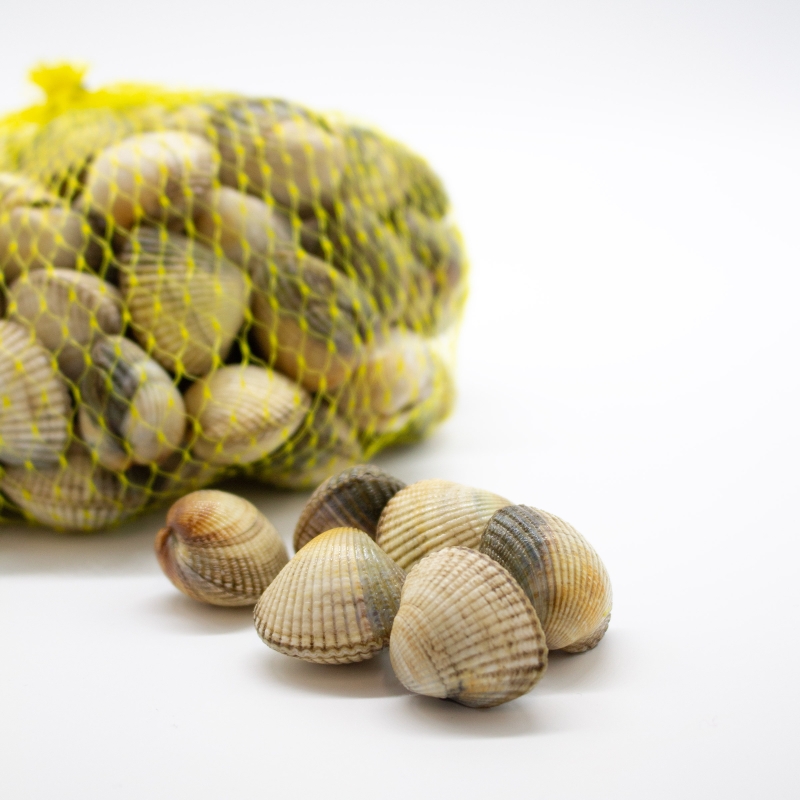For the most part, the cockles (Cerastoderme edule) come from Galicia, although there’s a small quota (almost always tinned or frozen) from Holland, Denmark and Portugal too.
The mollusc has almost circular valves or shells. It has between 22 and 28 well-marked ribs and lives in muddy seabeds and fine, sandy areas near the coast.
The cockle is low in fat and calories. Nutritionally, it’s noted for its high mineral content, especially iron, recommended in diets to treat iron deficiency anaemia, as well as other B vitamins, such as vitamin B12, which is essential for the proper functioning of the nervous system.
Cockles are extremely delicate and should always be kept chilled. If a cockle is open, it should be thrown away.
One of the most popular ways to eat them is in their natural state, although opening them requires a bit of practice. But the most traditional way to cook them is in plenty of salted water or by steaming; if doing so, the cockles should be placed in a pot, with half a glass of water added, and cooked over moderate heat until all the pieces open.





